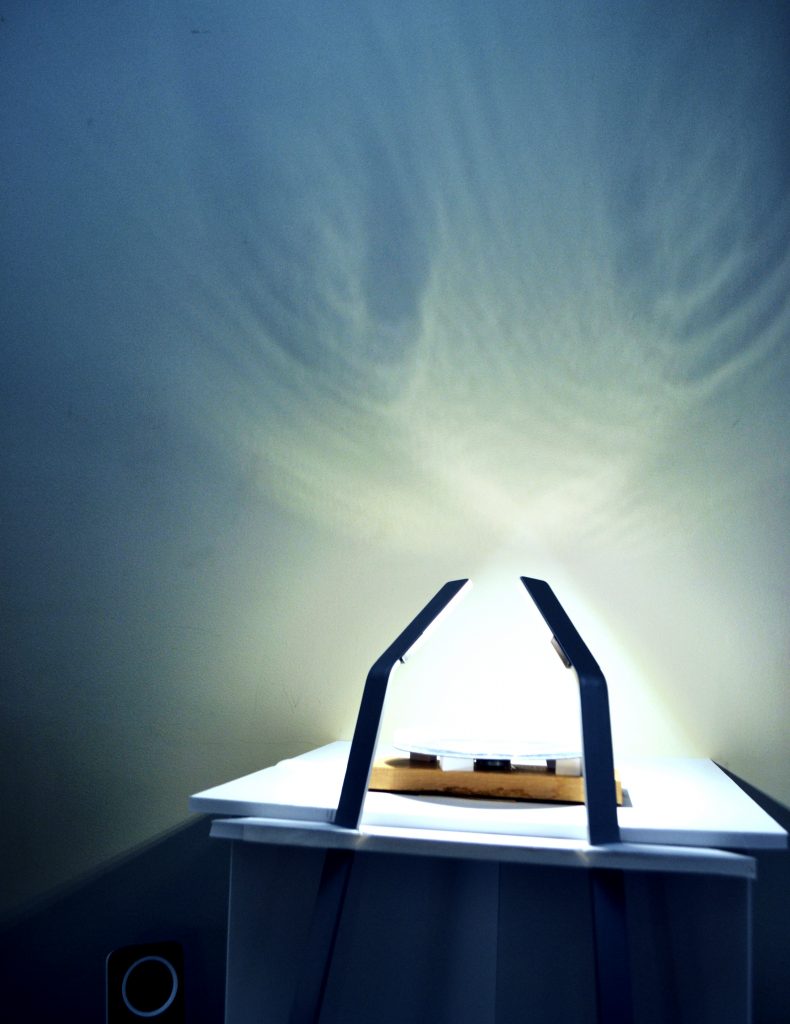Shengzhi Wu, Gray Crawford, Devika Singh, and Dan Lockton, 2017–18
Funded by the CMU College of Fine Arts’ Fund for Research & Creativity, and using data provided by CMU Facilities Management Services.
Read our CHI 2019 Late-Breaking Work paper
Lockton, D., Crawford, G., Singh, D., Wu, S. (2019). ‘Electric Acoustic: Exploring Energy Through Sonic & Vibration Displays’. CHI EA 2019: ACM Conference on Human Factors in Computing Systems, extended abstracts, Glasgow. (paywall version: doi:10.1145/3290607.3313014 / free self-archived version PDF)
‘Energy’ is an abstract concept, invisible except through its effects, yet with vast geopolitical and environmental consequences—while driving many everyday practices. Designs seeking to influence people’s energy use have become common. Yet energy is a curious ‘material’ to work with for designers. In its many forms, it has characteristics which make it possible to experience—including its own ability (if not quite ‘agency’) to make other things do things.
One underexplored direction is designing ways to experience energy use through ambient sound—a form of sonification. There is no obvious ‘right’ set of dimensions for mapping energy to sound, so a process of iterative research-through-design exploration can make a contribution to theory.
In Electric Acoustic, we have built on work on sonification, including Dan Lockton’s previous work with the Powerchord project, but also explored vibration itself as a medium for experiencing energy, specifically electricity use. Cymatic displays, in which vibrations cause resonance patterns to emerge in liquids or powders (Chladni figures) have artistic and scientific applications but have not been explored much in design. In this research-through-design project we are building a series of prototypes which transform electricity use data into forms of sound and vibration using light and water, and a working, interactive installation in which the electricity use of the location itself, and people’s use of devices, feed into creating new ambient sound and vibration patterns. The project argues that these materialisations enable deeper engagement with invisible systems and infrastructures of everyday life, and offers these new media as examples for designers engaging in this space. Following a public engagement workshop at the Children’s Museum, for Pittsburgh Maker Faire 2017, we have built a multi-modal prototype which was installed in May 2018 at CMU Design Week, in Margaret Morrison Carnegie Hall, using electricity data from the building itself. An animation of the building, using the windows as a ‘graphic equaliser’ for electricity use over the day, complements the sonic and vibration components.
